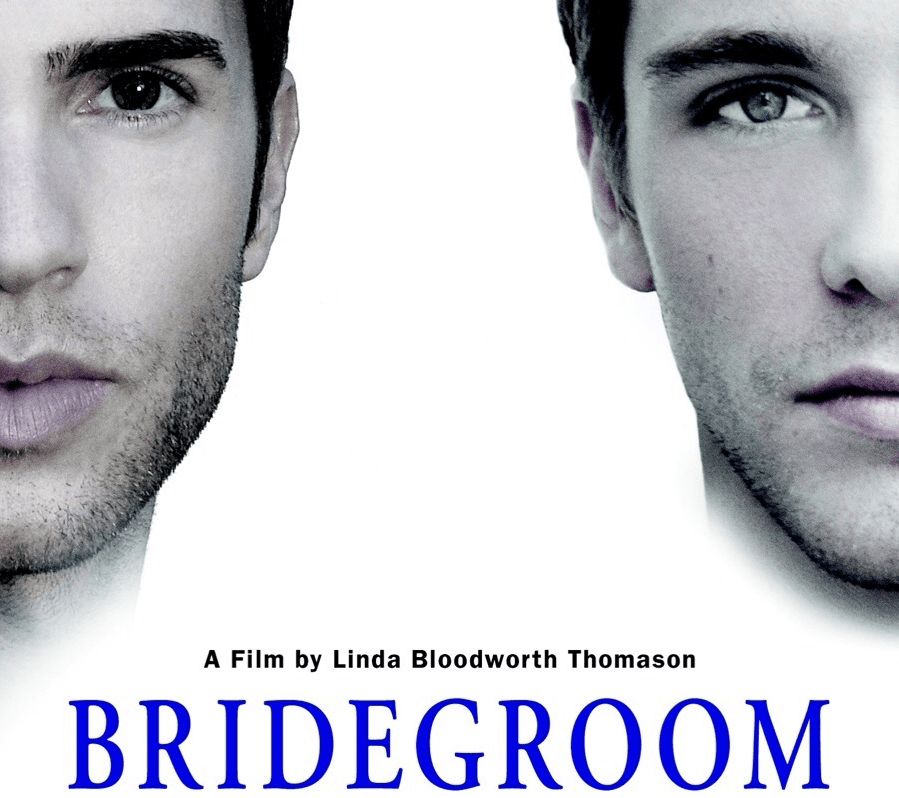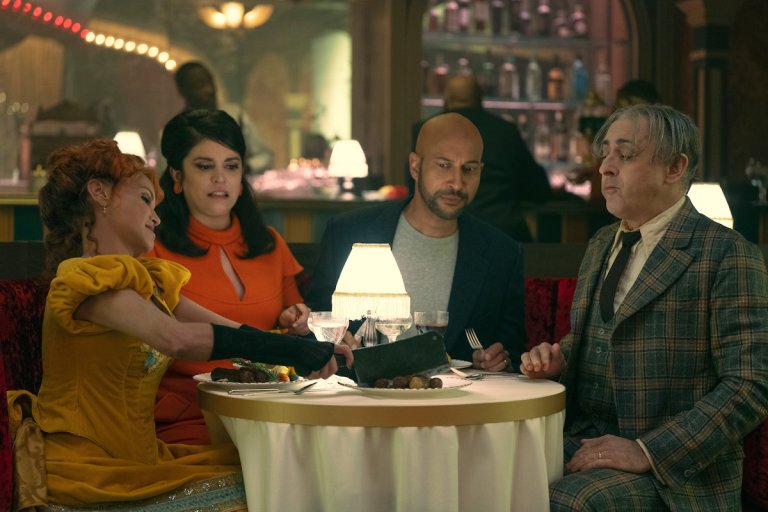This Man Couldn’t Be With His Lover When They Died
SHAWN: Now while making this film, did you have artistic control at all? Even though it’s about your life, someone else was at the helm of this film, did that influence it’s authenticity?
SHANE: The amazing thing about working with () is that she encouraged me to be there as much as possible and she valued my input. The thing with me is that I needed to be involved as possible, since it is such a personal project. I felt very connected.
SHAWN: Was it difficult handing over such a big piece of your private life, knowing that someone was going to go sit there and sift through it all?
SHANE: It was difficult, but I think since I had such a great personal connection with her it was one of those things where you either 110% trust the director or you hold back…in this case I don’t think the film would have been what it was without the private things. I almost wish I had screened some of it before handing it over because there are things such as much driving to LA in my car and singing…there are many embarrassing moments that I never thought anyone would see.
SHAWN: It’s funny that you bring up those moments because it was those moments of the profound humanity of you that made me understand why so many people would feel so strongly about the film.
SHANE: A lot of people were confused as to why I filmed so much. In high school filming was one of my only outlets. I felt safe recording video diaries because no one else would see them and I wouldn’t have to burden anyone else with what I was going through. I had forgotten that some of them even existed until I saw the film. I think it’s important for people to see what I was going through at the time to what I am going through now and clearly see the, I don’t know, progression.
SHAWN: Do you find that it’s challenging to relive these very painful moments of your life when you do screenings and interviews like this?
SHANE: This is probably the question I get asked the most. There are definitely times where it can be emotionally exhausting, but I’ve found that it’s best when I’m traveling and doing screenings it’s best if I don’t watch the film. But I’ve found that talking about Tom and our stories and hearing from people who’s opinion of LGBT people and marriage equality has changed or shifted after seeing the film- it makes me feel really good and that I’m doing the right thing by sharing the story. With Tom, I feel like he was the best thing to ever happen to me in my life, so I feel happy talking about him rather than not. If I was traveling around and I was depressed and didn’t feel like I was helping people, it would be harmful to me.
SHAWN: Have you had a moment of doubt while making it or being released to the public?
SHANE: Even with the YouTube video, I really had to think about whether this was the right thing to do. When you take a risk and put something out there it’s scary because you don’t know how people are going to react. But the YouTube video reaction made me feel a little more confident about releasing a documentary. I was nervous how people would react to the full film, but my experience at Tribeca was so neat because people reacted in such a great way and it actually ended up winning the Audience Award Winner, which was amazing I was not expecting at all. At the end of the day when I watch the film, it’s something I’m so proud of. I know the director is as well so that’s what ultimately matters.
SHAWN: Since the events of this documentary occurred two years ago and it has gained so much media attention, has Tom’s family finally reached out to you?
SHANE: When we started making the documentary I was concerned that if Tom’s family wasn’t involved I was afraid people wouldn’t take it serious. We reached out to them to be a part of it but they never responded to us. Even with all the media outlets reaching out to them, they’ve stayed silent. I expect they probably will. The other thing I like to make clear is that there are members of his family who are supportive; who believe in me and the film and they wanted to participate but just felt like they couldn’t and I get that. I respect that.
SHAWN: I found it interesting that throughout the film it was a situation that could have been so easy to be angry at, it was refreshing that you chose understanding and patience when it came to Tom’s family.
SHANE: Thank you for saying that. When Tom passed away and things started to get bizarre, it didn’t cause me to get angry it was more confusion. I was in shock from everything but I would just continuously tell myself that this was there son and that I don’t know what it is like to be a parent who loses a child. I tried to be empathetic to that. With the film it was important for me to not demonize them, I just wanted people to know the truth. Of course there were moments in the past two years where I felt really angry just trying to understand what they were thinking, but in the end the anger is not really who I am and how I react to things.
SHAWN: Do you feel like making this documentary gave you a sense of closure that you wouldn’t have gotten if you hadn’t? I know you and Tom were both passionate about film making so it almost seems like the most beautiful testament to him make this film.
SHANE: Tom and I had talked about making a documentary before, but the problem was that we would need all the money in the world to travel to all the places we wanted to. This is definitely not the documentary I expected I would be making, though. I think the YouTube video is the first time I felt like something positive may come out of something so tragic and making the film and going through those moments allowed me to focus on being proud of who I am and it’s helped me in so many ways. I’m in a much better place because of it. I think a lot of that comes from people’s reactions to it.
SHAWN: It’s interesting that you bring up wanting to be proud of who you are because bullying was such a large part of your back-story that you chose to share with people. How is it going from being something who is a bit more reluctant to be as open about who you are to someone who is almost a figurehead in the gay community who means so much to so many people?
SHANE: I never ever imaged when I made the video that it would end up with me being what many would called an activist. I was always told that in order to be an activist in the LGBT community you have to be really into politics. I think we’re all activists in a way, we all should share our stories. For me, growing up on this Christian hate speech I felt very unworthy of love, and Tom spent a large part of our relationship trying to prove to me that I was worthy of that love. I just hope that I can comfort anyone who is afraid to come out or is feeling unworthy that that’s not the case. I thought this film was a chance for me to say, “hey, I am gay, I am in love with another man, and I’m proud of it.”
SHANE: Growing up, you and I didn’t have shows like Modern Family or anything else. We didn’t know how gay men acted in the real world or have these sort of high profile gay figures in the media. I think that change in the media focus has helped so many people.
SHAWN: Would you describe your emotional state two years later as you being in a much better place?
SHANE: You know, I am in a good place. I mean, of course there are days where I feel overwhelmed and sad, but just knowing where I was two years ago, I am so grateful to be where I am now. It is a much brighter and stronger place. I just hope people are able to see the film and question their stance on marriage equality if they’re opposed to it, and I hope they are able to take away something from the film.
You can check out Bridegroom on Netflix or you can check out Bridegroom on Amazon and iTunes.

This article first appeared on SpliceToday






